A Dietitian’s Advice on What to Eat When Nothing Sounds Good
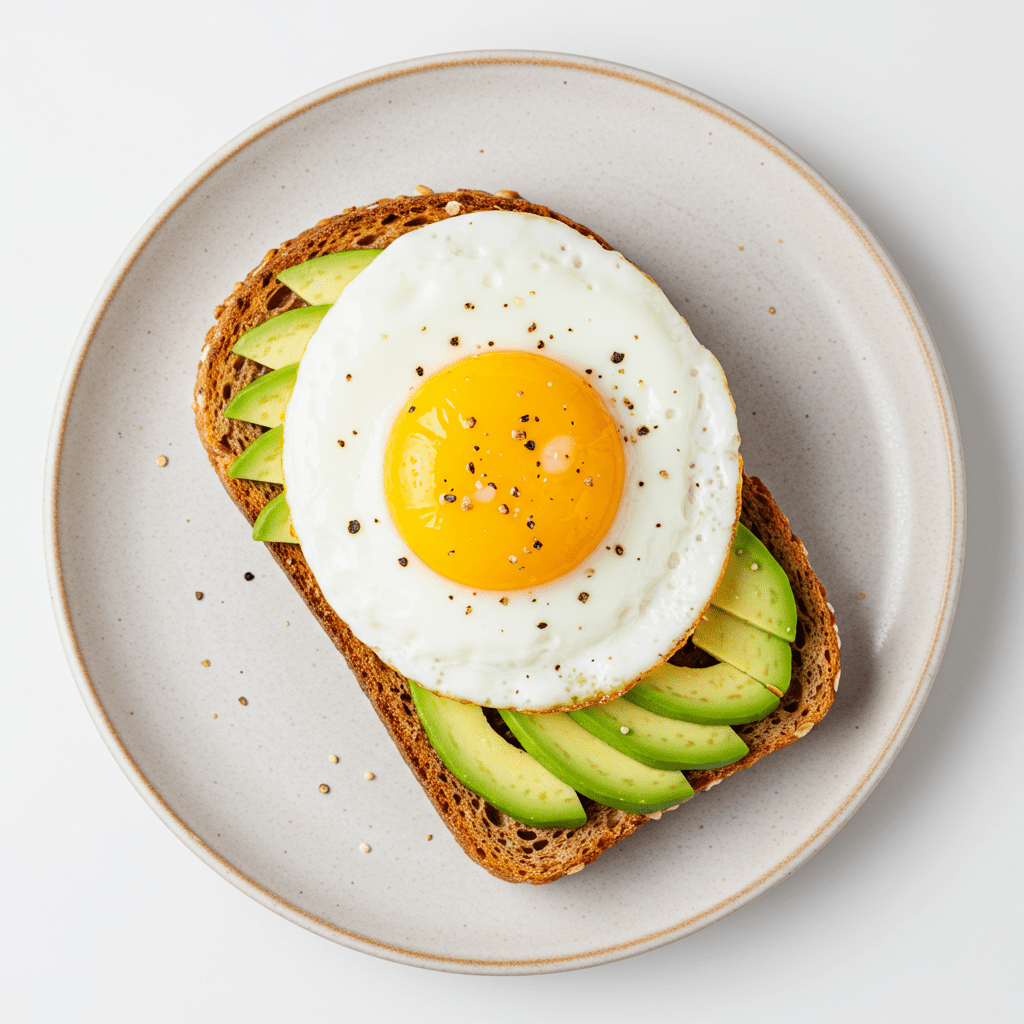
It’s a familiar scene: you open the fridge, bathed in its cold glow, and stare at the contents with a complete lack of inspiration.
You know you need to eat, but the thought of prepping, cooking, and cleaning makes you want to shut the door and walk away.
This feeling—what I call ‘food apathy’—is incredibly common, especially when you’re stressed, tired, or just plain overwhelmed.
As a Registered Dietitian, I want to reassure you that you’re not failing at ‘healthy eating’ when this happens.
Decision fatigue is real, and your appetite is often the first thing to reflect your mental state.
This article will help you understand the science behind why nothing sounds good and, more importantly, give you a simple, dietitian-approved framework and genuinely easy meal ideas to ensure you can nourish your body with minimal effort.
First, Why Does Nothing Sound Good?

Before we talk about solutions, it’s helpful to understand what’s happening in your body.
This isn’t a personal failing; it’s often a physiological response to your circumstances.
From a clinical perspective, a few key culprits are usually at play.
Research shows that chronic stress leads to elevated cortisol levels, which can disrupt hunger cues, sometimes suppressing appetite and other times increasing cravings for high-fat, high-sugar foods.
A 2017 study in the journal ‘Obesity Reviews’ confirmed this complex relationship between stress and eating patterns.
Furthermore, the sheer number of choices we make daily—from work tasks to family needs—leads to decision fatigue, making the seemingly simple question of ‘What’s for dinner?
‘ feel monumental.
Finally, when you’re sick, your body releases inflammatory cytokines, which are known to suppress appetite to help conserve energy for fighting the infection, according to research published in ‘Appetite’.
The Easiest Framework for a Balanced Meal
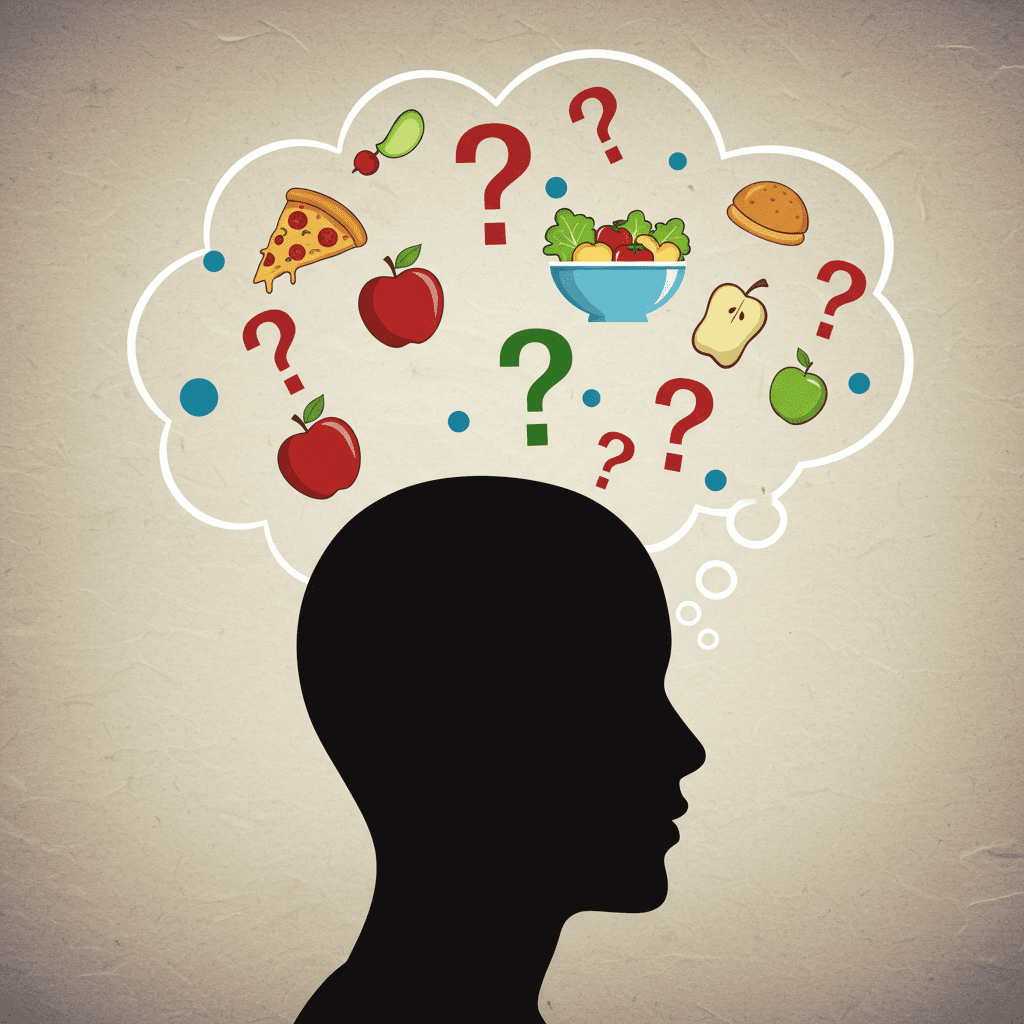
When your brain is tired, don’t try to build a complex meal.
Instead, rely on a simple, memorable formula: Protein + Carb + Healthy Fat.
This combination is the key to a balanced meal that provides lasting energy and satiety.
Protein is crucial for muscle repair and feeling full.
Healthy fats support brain health and nutrient absorption.
Complex carbohydrates provide steady energy without the spike and crash.
Following this framework removes the guesswork.
You simply pick one item from each category and put them on a plate.
This approach is backed by nutritional science; a study in the American Journal of Clinical Nutrition highlights that meals containing this trio of macronutrients are more effective at promoting satiety than meals that are high in just one or two.
Category 1: The 5-Minute No-Cook Assembly
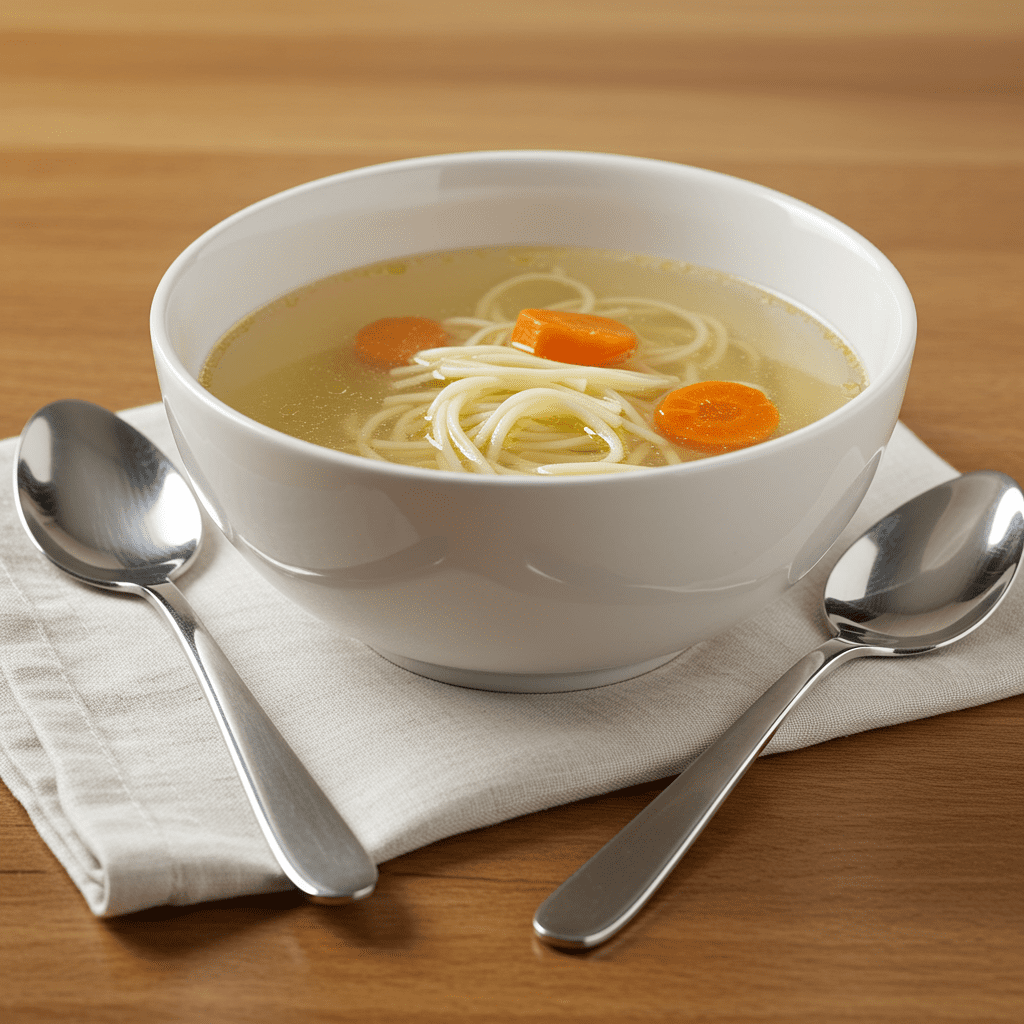
These ideas require zero cooking and can be assembled in under five minutes.
They are your first line of defense against food fatigue.
1.
The Upgraded ‘Lunchable’: Arrange slices of quality deli turkey or ham, a few cubes of cheese (like cheddar or Swiss), whole-grain crackers, and a handful of grapes or baby carrots.
This hits all the macronutrient bases and feels satisfyingly snacky.
2.
Speedy Tuna or Chickpea Salad: Mash a can of tuna or chickpeas with a spoonful of Greek yogurt or avocado mayo.
Season with salt and pepper.
Serve with crackers, celery sticks, or on a slice of whole-wheat bread.
3.
Greek Yogurt Parfait Power Bowl: Layer plain Greek yogurt (high in protein) with berries (fresh or frozen) and a sprinkle of granola or nuts for that essential crunch and healthy fat.
A drizzle of honey or maple syrup adds a touch of sweetness.
Category 2: The 15-Minute Minimal-Effort Meals
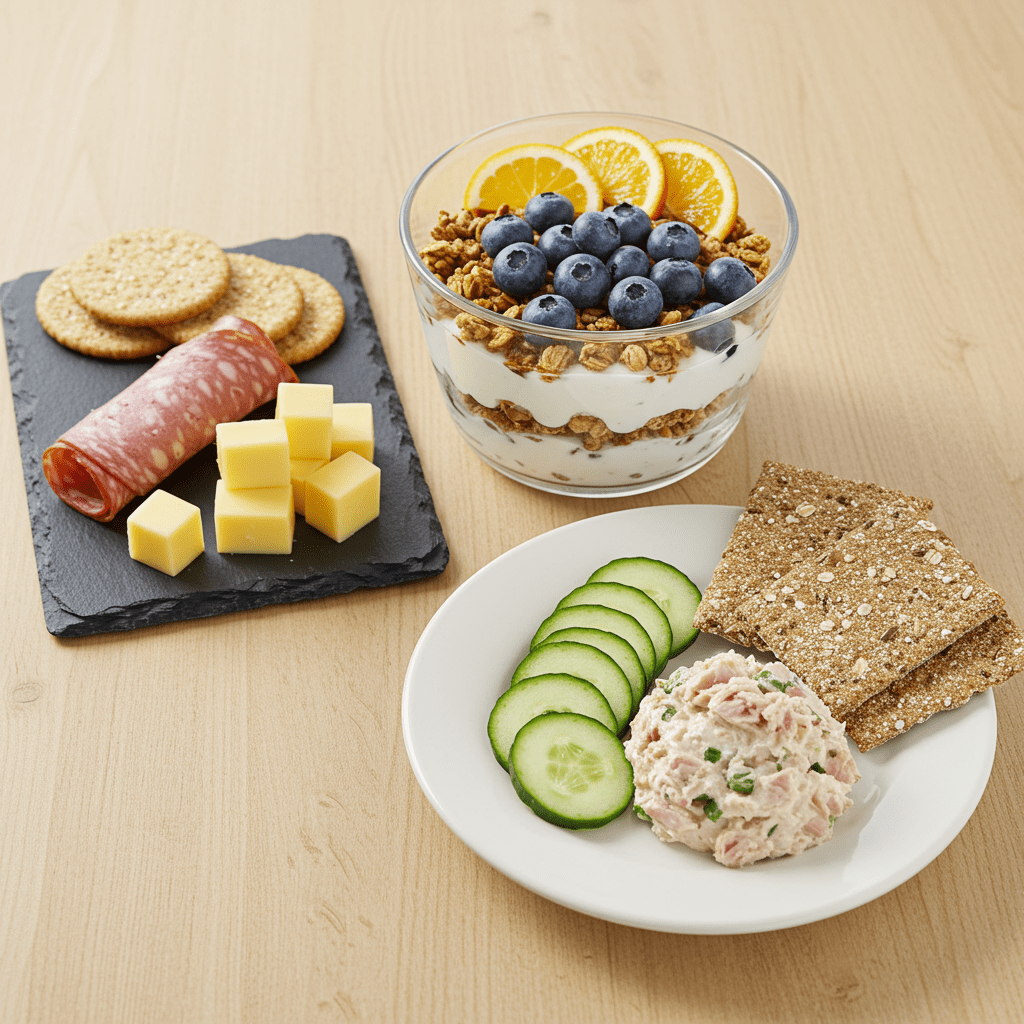
When you have just a little more energy, these 15-minute options that use a toaster, microwave, or a single pan can feel like a feast.
1.
Avocado Toast with an Egg: Toast a slice of whole-grain bread.
Top with mashed avocado, a sprinkle of everything bagel seasoning, and a pre-hardboiled egg from the fridge or a freshly fried one.
The protein and fat from the egg make this a complete meal.
2.
1-Minute Quesadilla: Place a whole-wheat tortilla in a pan or microwave.
Sprinkle one half with shredded cheese and canned black beans.
Fold and heat until the cheese is melted.
Dip in salsa for extra flavor and nutrients.
3.
Gourmet-ish Instant Ramen: Cook a packet of instant ramen, but discard the high-sodium flavor packet.
Instead, stir in a spoonful of miso paste or low-sodium soy sauce.
Add in frozen edamame, a soft-boiled egg, and some shredded rotisserie chicken for a huge protein and fiber boost.
What to Eat When You’re Actually Sick
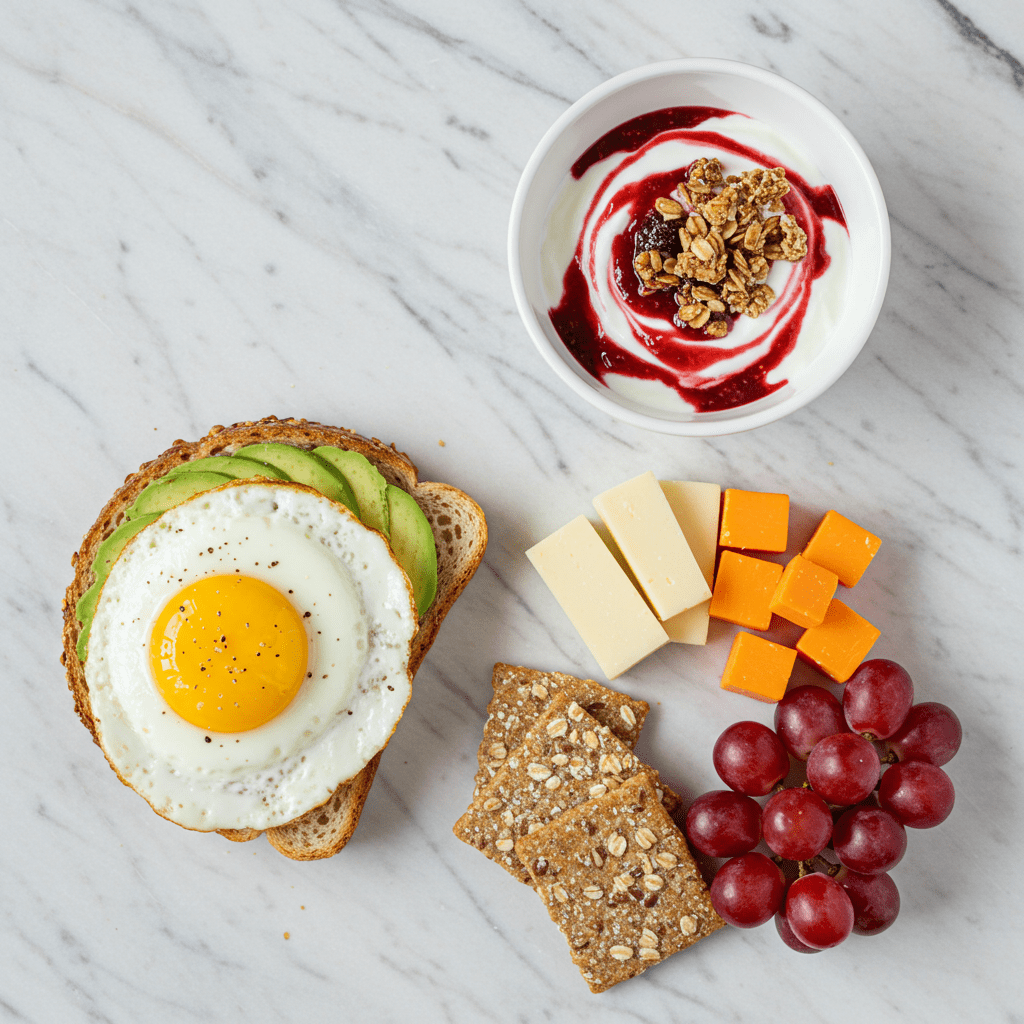
When you’re sick, your body’s needs change.
The goal is hydration and easy-to-digest energy.
According to the Mayo Clinic, it’s important to focus on fluids and foods that won’t tax your system.
1.
Simple Broth or Soup: A warm cup of bone broth or a simple chicken noodle soup provides hydration, electrolytes, and easily digestible protein.
2.
The B.
R.
A.
T.
Diet Principle: Bananas, Rice, Applesauce, and Toast are classics for a reason.
They are low in fiber and easy on the gut.
Add a little protein when you can, like a scrambled egg with your toast, to help your body with the rebuilding and recovery process.
3.
Hydrating Fruit Smoothie: Blend a banana, a handful of spinach (you won’t taste it), a scoop of unflavored protein powder, and coconut water for a hydrating, nutrient-dense drink that’s easy to get down.
How to Stock Your Kitchen for Low-Energy Days

The best way to handle food apathy is to prepare for it.
Having the right things on hand removes the biggest barrier: decision-making.
Think of it as creating a ‘first-aid kit’ for your kitchen.
Pantry Staples: Canned tuna/salmon, canned beans (chickpeas, black beans), whole-grain crackers and pasta, quick-cook rice/quinoa, nuts, seeds, and nut butters.
Fridge & Freezer Essentials: Eggs, Greek yogurt, pre-cooked chicken strips or rotisserie chicken, frozen fruits and vegetables, frozen edamame, and whole-grain tortillas or bread.
Having these items available means you can always execute the ‘Protein + Carb + Healthy Fat’ formula in minutes.
Conclusion
Feeling overwhelmed by food choices is a universal experience, but it doesn’t have to end in frustration or a nutrient-poor meal.
The key is to shift your mindset from creating a complex recipe to simply assembling a balanced plate.
By focusing on the ‘Protein + Carb + Healthy Fat’ framework and keeping your kitchen stocked with easy-to-use staples, you create a safety net for those low-energy days.
Give yourself permission to choose the simple path.
A nourishing meal that gets eaten is always better than a gourmet plan that doesn’t.
Your body and mind will thank you for it.
